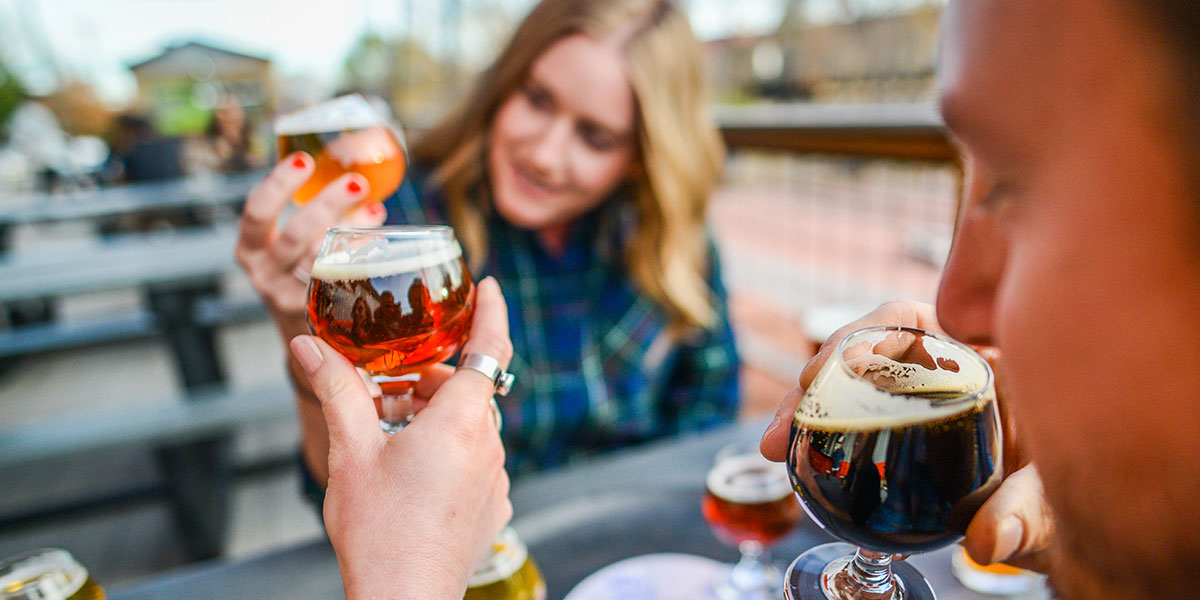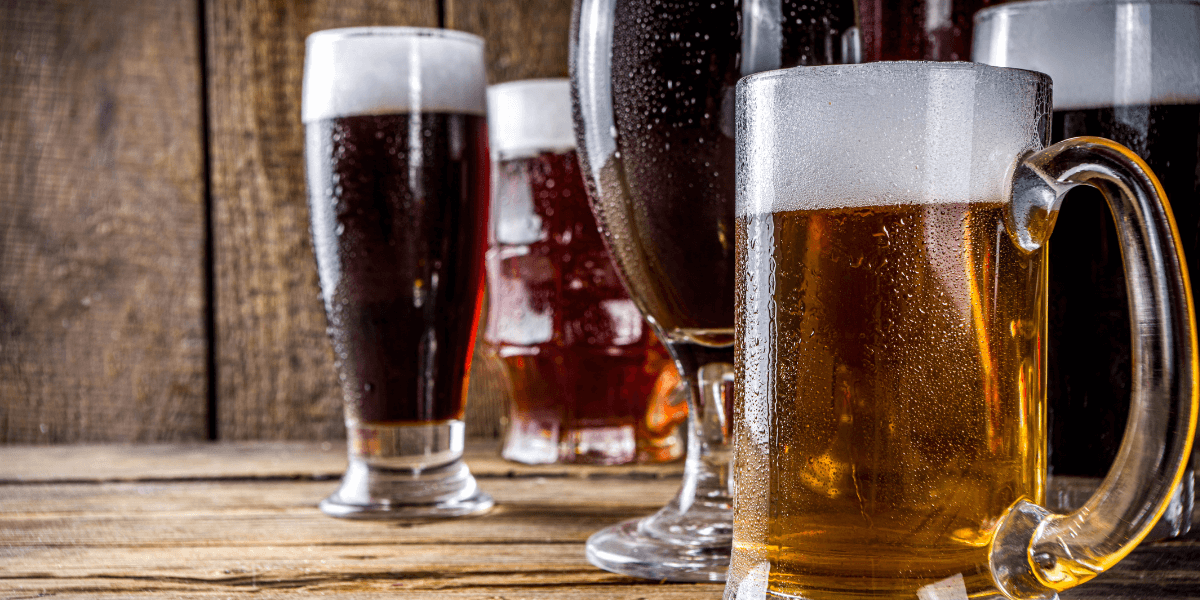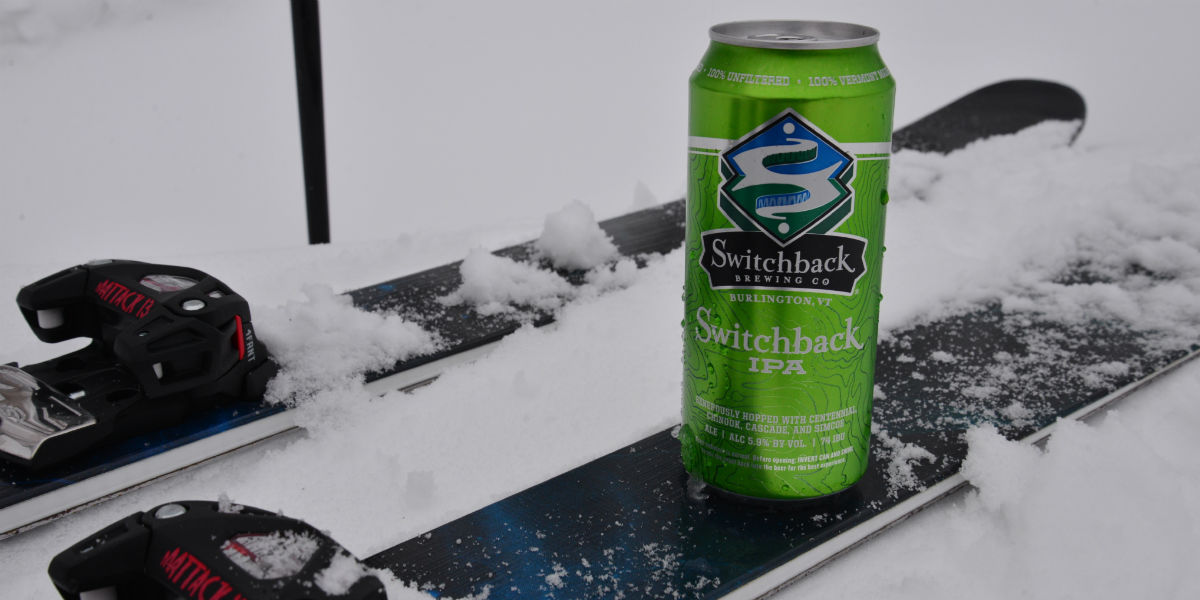
Crafting bold and flavorful stouts has always been one of my favorite parts of homebrewing. There’s something about the richness, the complexity, and the sheer indulgence of a strong stout that captures the imagination—and the taste buds. After years of tweaking various recipes and chasing that perfect dessert-like profile, I finally settled on something that hits all the right notes. In this post, I’ll walk you through my chocolate coconut imperial stout recipe—a brew that’s as dark and luxurious as it is flavorful.
This beer isn’t just a drink; it’s an experience. It’s smooth, intense, slightly sweet, and packed with chocolate and coconut flavors that layer beautifully over a bold malt base. Whether you’re brewing for a special occasion or just want to treat yourself, this recipe delivers a showstopper every time.
What Makes This Stout Stand Out?
The idea for this beer was born during a snowy winter night when I was craving something rich and warming. I wanted a brew that could serve as dessert on its own, something bold enough to hold its own next to a slice of chocolate cake or a creamy flan. That’s when I began developing my own chocolate coconut imperial stout recipe from the ground up.
Unlike lighter beers where subtlety is key, an imperial stout gives you room to push the envelope. You can go big with flavors without overwhelming the style. Chocolate and coconut, when used properly, add depth and roundness to the roasted malts and make the drinking experience truly special.
Selecting the Right Malts
The malt bill is the foundation of any good stout, especially one with added flavors like this. For this beer, I leaned into dark, roasted grains while adding ingredients that contribute body and sweetness.
Grain Bill
- 13 lbs Maris Otter (a robust base malt with a slight biscuit character)
- 1.25 lbs Flaked Oats (adds silky body and enhances mouthfeel)
- 1 lb Chocolate Malt (brings rich cocoa undertones)
- 0.75 lb Roasted Barley (adds deep roast flavor and bitterness)
- 0.5 lb Crystal 120 (provides toffee-like sweetness)
- 0.5 lb Carafa III (for smoother color and subtle roasted flavor)
- 1 lb Lactose Sugar (for residual sweetness and creamy finish)
This combination gives you a thick, full-bodied beer with layers of roast, chocolate, and caramel. The lactose sugar ensures the final product retains some sweetness, which helps balance the intensity of the roasted malts and adds to the dessert-like character.
Mashing and Boiling for Complexity
I set my mash temperature at 153°F and held it there for a full hour. This promotes a slightly less fermentable wort, allowing more unfermentable sugars to remain. That’s key for a beer like this—one that should drink smooth, not dry.
The boil time is extended to 90 minutes. This does a few things: it concentrates the wort, deepens the color, and helps mellow out some of the harsher characteristics that can arise from the roasted malts. During the boil, I kept the hop additions minimal.
Hop Additions
- 1.25 oz Magnum (60 minutes, for clean, neutral bitterness)
- 0.5 oz Willamette (15 minutes, adds mild earthy notes)
The bitterness here is present but far from overpowering. It’s just enough to balance out the sweetness without getting in the way of the coconut and chocolate flavors.
Flavor Additions: Timing and Techniques
The magic of this chocolate coconut imperial stout recipe lies in how the chocolate and coconut are layered into the beer. Using multiple techniques at different stages ensures those flavors are complex and not one-dimensional.
Chocolate Strategies
I take a two-pronged approach to chocolate.
First, I stir in 10 ounces of high-quality cocoa powder at flameout. This gives immediate depth and richness to the wort without overwhelming sweetness. Later, I add 6 ounces of roasted cacao nibs during secondary fermentation. These are soaked in a neutral spirit like vodka for 3 to 4 days before being added to the fermenter. This technique extracts flavor while sanitizing the nibs.
The result is a layered chocolate character—dark and bitter at first, with sweeter, more rounded notes developing as the beer conditions.
Mastering the Coconut Addition
Coconut is a tricky ingredient to get right in beer. Raw coconut often contributes little flavor, and its oils can harm head retention. Toasting the coconut brings out its natural aroma and flavor while minimizing these issues.
I toast 12 ounces of unsweetened coconut flakes in the oven at 300°F until they turn a golden brown. This process usually takes about 15 minutes, and the smell alone tells you you’re on the right track. Once cooled, I add the flakes to the secondary fermenter along with the cacao nibs and let them sit for 10 to 14 days.
You can place the coconut in a sanitized mesh bag or hop sock to make transfer easier. The toasted flakes impart an unmistakable nutty richness that complements the chocolate beautifully.
Choosing the Right Yeast and Managing Fermentation
For a beer with such high gravity and strong flavors, I use a clean and dependable yeast: US-05 or Wyeast 1056. These strains perform well under pressure and won’t interfere with the adjuncts.
Fermentation typically takes about two weeks at 67°F. After primary fermentation is complete, I rack the beer to a secondary fermenter with the coconut and cacao nibs. I allow it to rest here for another 10 days, then cold crash before bottling or kegging.
The original gravity usually lands around 1.098, and final gravity typically finishes near 1.026. This results in a hefty ABV of around 9.5%, with a full, silky body and lingering sweetness.
Bottling, Carbonation, and Aging
If bottling, I recommend priming to about 2.2 volumes of CO₂. This gives the beer enough effervescence to lift the heavy flavors without becoming too fizzy. In a keg, I carbonate slowly over several days and serve at cellar temperature—around 50°F—to help all the flavors shine.
Aging is where this beer really comes into its own. At least four weeks in the bottle allows the flavors to marry. After two months, the coconut becomes more integrated, the chocolate mellows out, and the whole beer smooths into a decadent, velvety treat.
Tasting the Final Product
When I pour this beer, it emerges thick and jet-black, forming a dense mocha-colored head that clings to the glass. The aroma hits immediately: toasted coconut, dark chocolate, hints of coffee and caramel. Each sip is indulgent—the chocolate hits first, followed by creamy sweetness, with coconut rounding out the finish.
The body is luscious and warming, making this beer a perfect companion for winter nights or special gatherings. At nearly 10% ABV, it’s a sipper, not a gulper—and one that invites you to savor every moment.
Pairings and Presentation
Serve this beer in a tulip or snifter glass to concentrate the aroma and highlight its rich color. It pairs fantastically with dark desserts—think chocolate lava cake, coconut macaroons, or even a scoop of vanilla bean ice cream.
Or, enjoy it on its own as a liquid dessert. Trust me, it more than holds up.
Final Thoughts on the Brew
Brewing this chocolate coconut imperial stout recipe has been one of the most satisfying brewing projects I’ve ever taken on. It’s a beer that blends precision with creativity, allowing the brewer to layer flavors in a way that results in something truly special.
If you’re ready to explore the dessert side of imperial stouts, I highly encourage giving this recipe a try. You’ll be rewarded with a brew that’s rich, comforting, and unforgettable—a true showcase of what homebrewing can offer.




